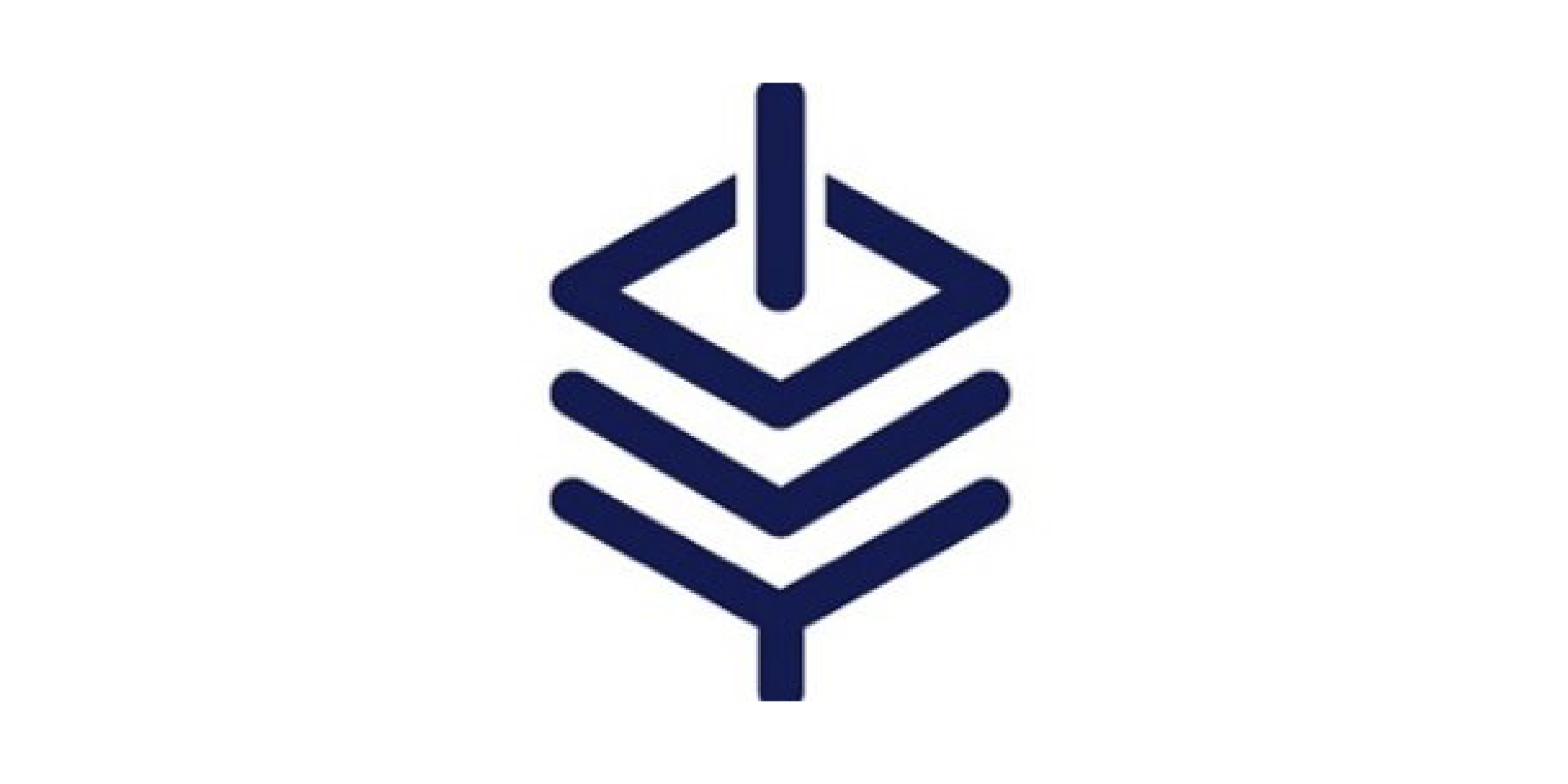PDOK 0/1
PDOK
Public services on the map (PDOK) provides geographical information of the Netherlands.

PDOK stands for Publieke Dienstverlening Op de Kaart (PDOK), which means public services on the map. This platform of the Dutch government provides geographical information of the Netherlands. Examples of datasets are addresses, cadastral parcels, cycling routes, energy consumption or buildings.
The data are accessible to everyone and are always up to date. The datasets can be viewed online by using the PDOK viewer and the PDOK vectortile viewer. Users can access the data via webservices (like Web Map Service (WMS) and Web Feature Service (WFS)) or Application Programming Interfaces (APIs). It is also possible to download them.
Tutorials
Many PDOK tutorials have already been created and made available online, you can find them in the useful links section. Below is a tutorial on how to use ‘PDOK Kaart’for map documentation.
Het Kadaster
PDOK is created by the Kadaster (Netherlands Cadastre, Land Registry and Mapping Agency), Ministry of Infrastructure and Water Management, Ministry of the Interior and Kingdom Relations, Ministry of Economic Affairs and Climate Policy, Rijkswaterstaat (executive agency of the Ministry of Infrastructure and Water Management) and Geonovum (National Spatial Data Infrastructure executive committee). On the YouTube channel of Kadaster, a promotional video of PDOK is placed in English.
PDOK 1/1
Useful Linkslink copied
External links
- PDOK website
- PDOK documentation
- PDOK Forum (to find answers or ask questions)
- PDOK YouTube channel
- Nationaal Georegister
PDOK services
Location server
The PDOK location server enables the users to search for Basisregistratie Adressen en Gebouwen (BAG) (translation: basic register addresses and buildings) and cadastral data. The following tutorial demonstrates how to use the server. A more recent version of the PDOK viewer is now available.
PDOK Kaart API
The PDOK Kaart Wizard is able to generate codes that can be used to add the created maps to a website. URLs and source codes with JavaScript can be generated. These APIs are covered in the following documentations. The first document describes them and the second one provides a GitHub link with some examples.
Write your feedback.
Write your feedback on "PDOK"".
If you're providing a specific feedback to a part of the chapter, mention which part (text, image, or video) that you have specific feedback for."Thank your for your feedback.
Your feedback has been submitted successfully and is now awaiting review. We appreciate your input and will ensure it aligns with our guidelines before it’s published.
